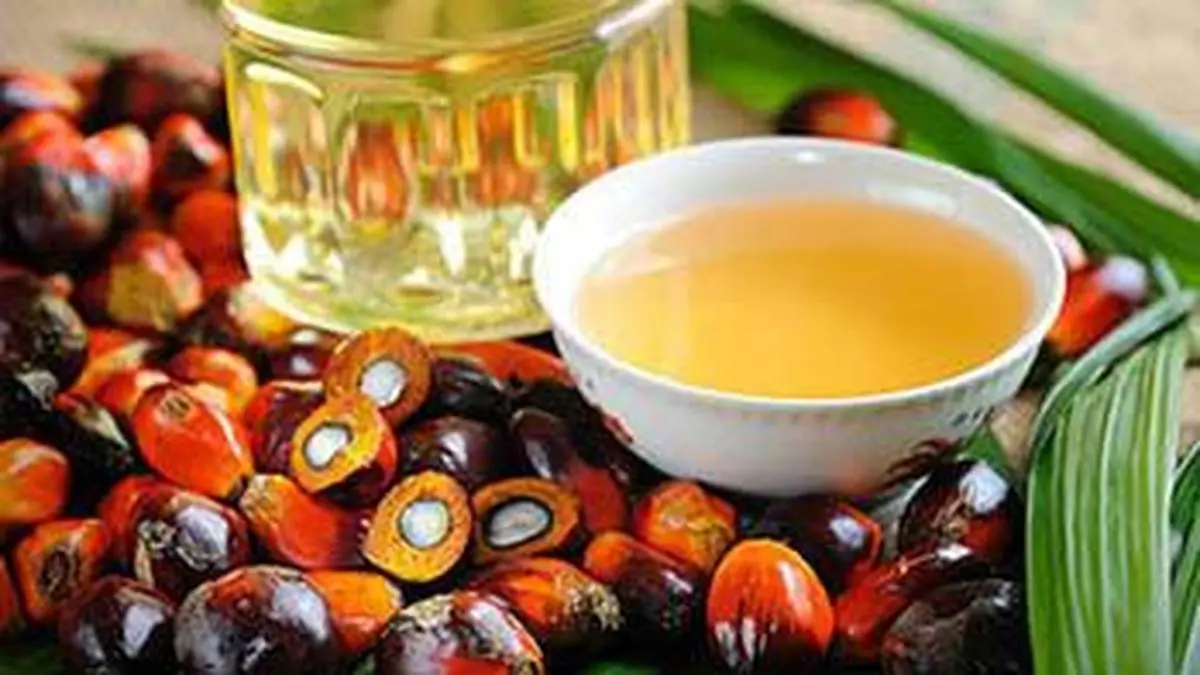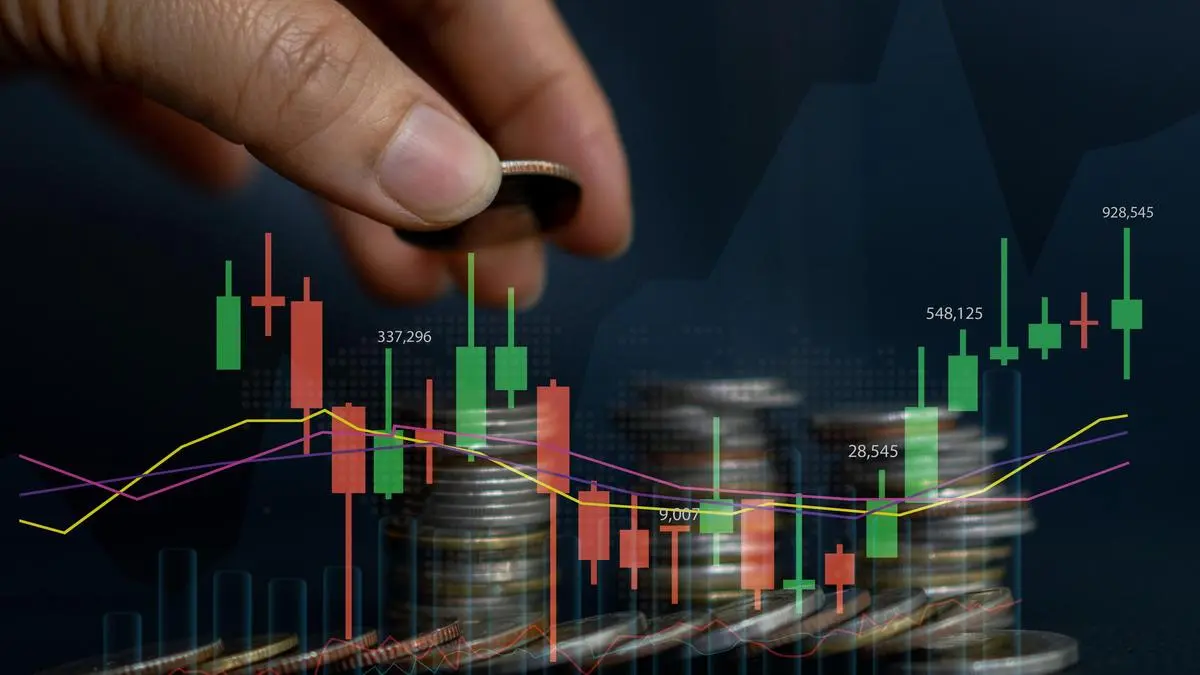Benchmark indices opened marginally lower on Thursday, with the Sensex trading at 84,414.99, down 51.52 points or 0.06 per cent from its previous close of 84,466.51, while the Nifty slipped 9.85 points or 0.04 per cent to 25,865.95 from its previous close of 25,875.80. The indices had opened on a positive note with Sensex at 84,525.89 and Nifty at 25,956.00, but pared gains during early trade as investors awaited fresh triggers.
“The near-term outlook for domestic equities remains constructive, with the Nifty 50 eyeing the 26,000 mark, supported by sustained buying interest across IT, auto, financials and consumer sectors,” said Ponmudi R, CEO of Enrich Money. “On the macro front, October CPI inflation eased to 0.25 per cent, reinforcing expectations of at least one more repo rate cut by the Reserve Bank of India in the upcoming monetary policy review.”
Asian Paints emerged as the top gainer on the Nifty50, surging 3.12 per cent to ₹2,856.30 from its previous close of ₹2,769.80. Tata Steel gained 1.89 per cent to ₹181.98, while Hindalco advanced 1.47 per cent to ₹806.05. IndiGo climbed 1.28 per cent to ₹5,869.50, and Bajaj Finserv rose 1.22 per cent to ₹2,060.40.
On the losing side, Tata Motors Commercial Vehicles led the decliners, falling 2.70 per cent to ₹320.55 from ₹329.45. ONGC dropped 1.83 per cent to ₹249.20, while Infosys declined 0.98 per cent to ₹1,536.50. Eicher Motors slipped 0.89 per cent to ₹306.05, and Kotak Mahindra Bank shed 0.78 per cent to ₹2,068.30.
“Nifty opened on a strong note Wednesday and extended gains through the session as bullish momentum gathered pace, with buyers dominating across sectors,” noted Prashanth Tapse, Senior VP (Research) at Mehta Equities Ltd. “The index now eyes its all-time high of 26,277.35, supported by several positive catalysts — record highs on Wall Street, easing CPI inflation, optimism around a US–India trade pact, hopes of an end to the US shutdown, and rising expectations of a Fed rate cut.”
Foreign Institutional Investors continued their selling streak for the third consecutive session on November 12, offloading equities worth ₹1,750 crore. However, Domestic Institutional Investors remained consistent buyers, purchasing equities worth over ₹5,100 crore.
Dr VK Vijayakumar, Chief Investment Strategist at Geojit Investments Limited, highlighted the need for fresh catalysts. “The market needs more triggers to take it to new record highs,” he said. “The important economic factors that have to be watched for is a possible India-US trade deal removing the penal tariffs and reducing the reciprocal tariffs.”
In the commodities market, bullion prices advanced sharply with gold holding above $4,150 per troy ounce and silver crossing $52 per troy ounce. “The near-term technical postures for gold and silver have turned more bullish recently, which is inviting the chart-based speculators to play the long sides of both markets,” said Rahul Kalantri, VP Commodities at Mehta Equities Ltd.
Crude oil futures traded flat on Thursday morning, with January Brent oil futures at $62.75, up 0.06 per cent, and December WTI crude at $58.50, up 0.02 per cent. November crude oil futures were trading at ₹5,196 on MCX, down 0.04 per cent from the previous close of ₹5,198.
Shrikant Chouhan, Head Equity Research at Kotak Securities, noted that IT outperformed on Wednesday, gaining nearly 2 per cent. “For trend-following traders, 25,775/84,300 and the 20-day SMA or 25,700/84,000 would act as key support areas,” he said.
More Like This
Q2 Results Live Today: Eicher Motors, Muthoot Finance, LG, Hero Motocorp, VMM, BDL, GMR Airports, Alkem Lab, Page Industries, Voltas, PTC Industries to announce Q2 results, Tata Steel & Asian Paints lead Nifty 50 gainers following Q2 results
Published on November 13, 2025




